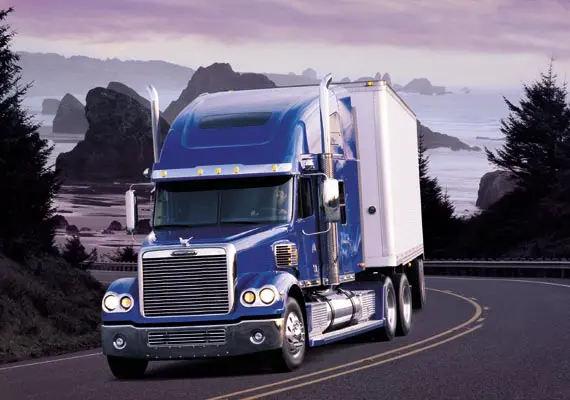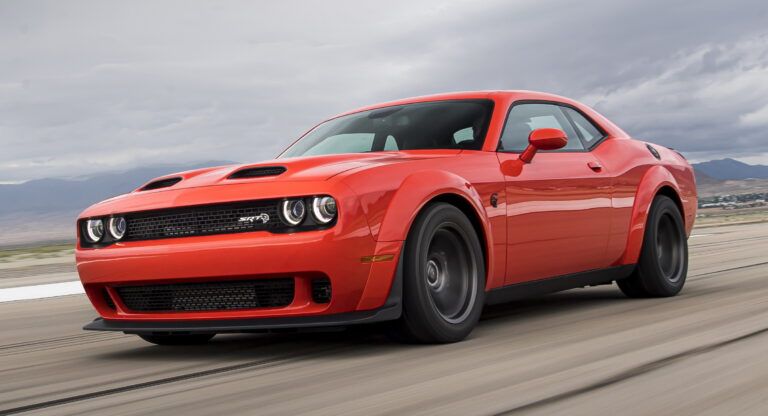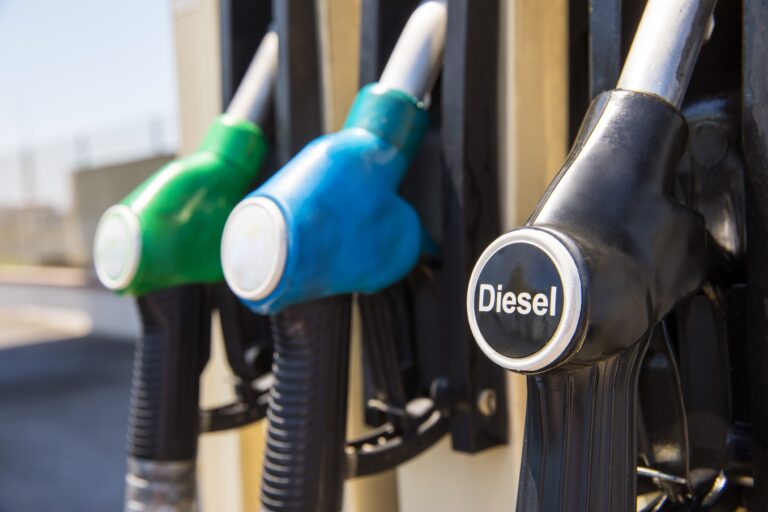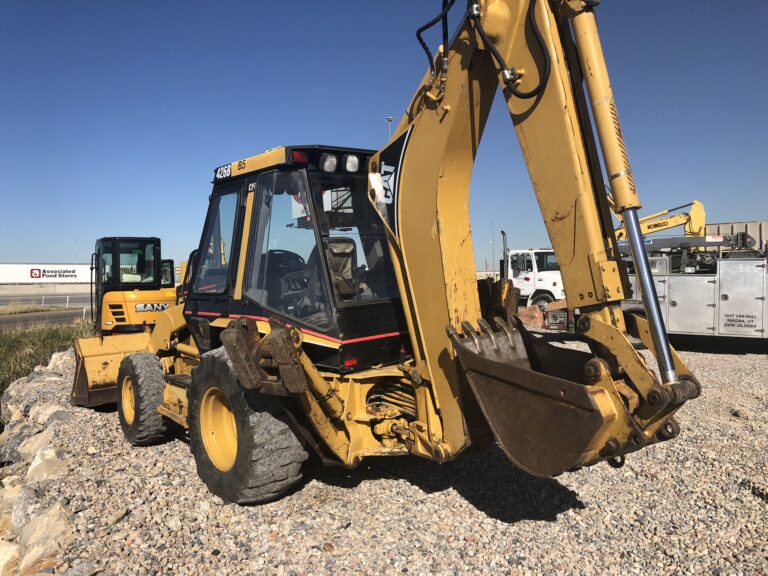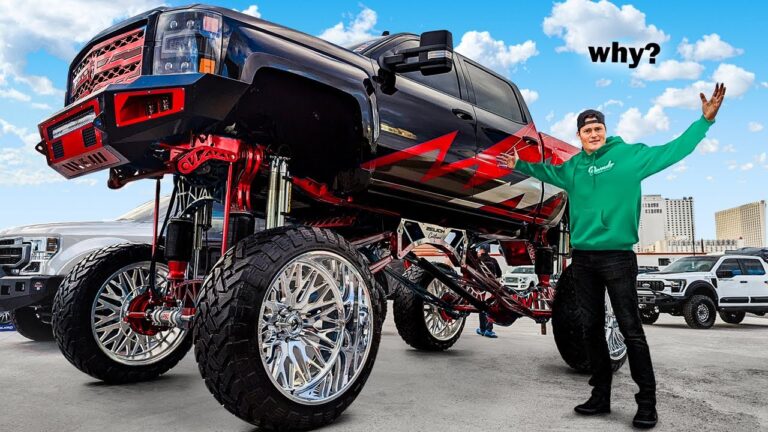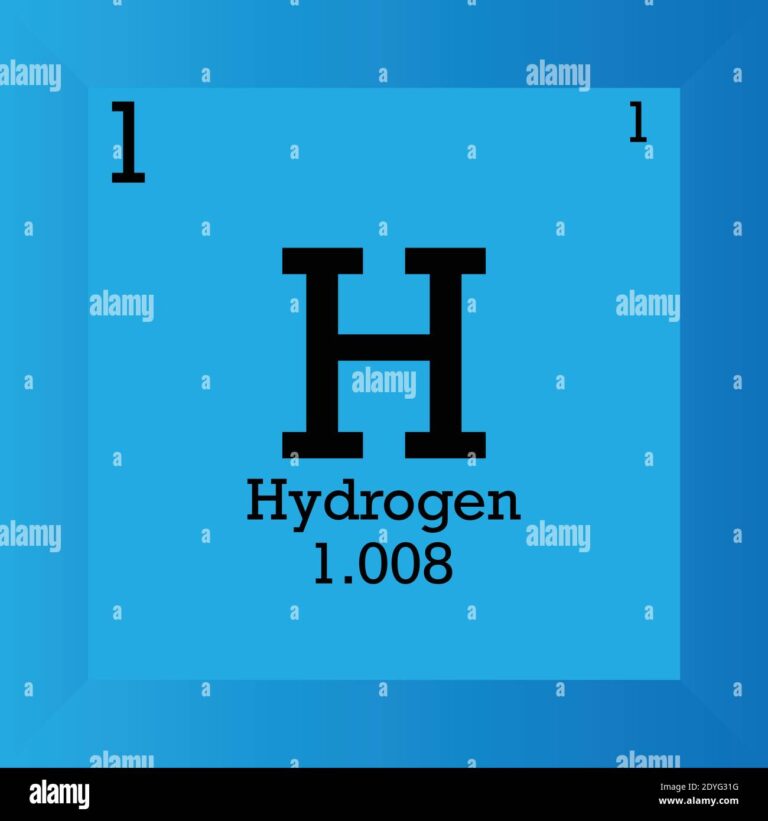Truck All Spare Parts Name With Role: The Backbone of the Open Road
Truck All Spare Parts Name With Role: The Backbone of the Open Road cars.truckstrend.com
The rumble of a truck engine, the sheer power it exudes, and its ability to haul colossal loads across vast distances are marvels of modern engineering. But behind every mile logged and every delivery made lies a complex symphony of interconnected components – thousands of individual spare parts, each with a specific name and a crucial role to play. Understanding these parts and their functions is not just for mechanics; it’s essential for truck owners, fleet managers, and even drivers to ensure safety, optimize performance, and extend the lifespan of these vital workhorses of commerce.
This comprehensive guide delves into the intricate world of truck spare parts, dissecting them by system and revealing their indispensable roles. From the mighty engine that powers motion to the subtle sensors that monitor performance, we’ll explore the components that make trucks reliable, efficient, and safe.
Truck All Spare Parts Name With Role: The Backbone of the Open Road
The Unsung Heroes of the Road: Why Understanding Truck Parts Matters
A truck is more than just a collection of metal and wires; it’s a finely tuned machine where every part contributes to the whole. Just like the human body, if one organ falters, the entire system is affected. For a truck, a failing brake pad, a worn-out bearing, or a clogged fuel filter can lead to costly breakdowns, reduced efficiency, safety hazards, and even catastrophic accidents.
Knowing the names and roles of truck spare parts empowers owners and operators to:
- Perform effective preventative maintenance: Identifying wear and tear before it becomes critical saves time and money.
- Diagnose issues accurately: Understanding symptoms and linking them to specific parts streamlines repairs.
- Make informed purchasing decisions: Differentiating between quality parts (OEM vs. aftermarket) and understanding their value.
- Communicate effectively with mechanics: Clearly describing problems helps technicians pinpoint solutions faster.
- Ensure compliance and safety: Properly functioning parts are non-negotiable for roadworthiness.
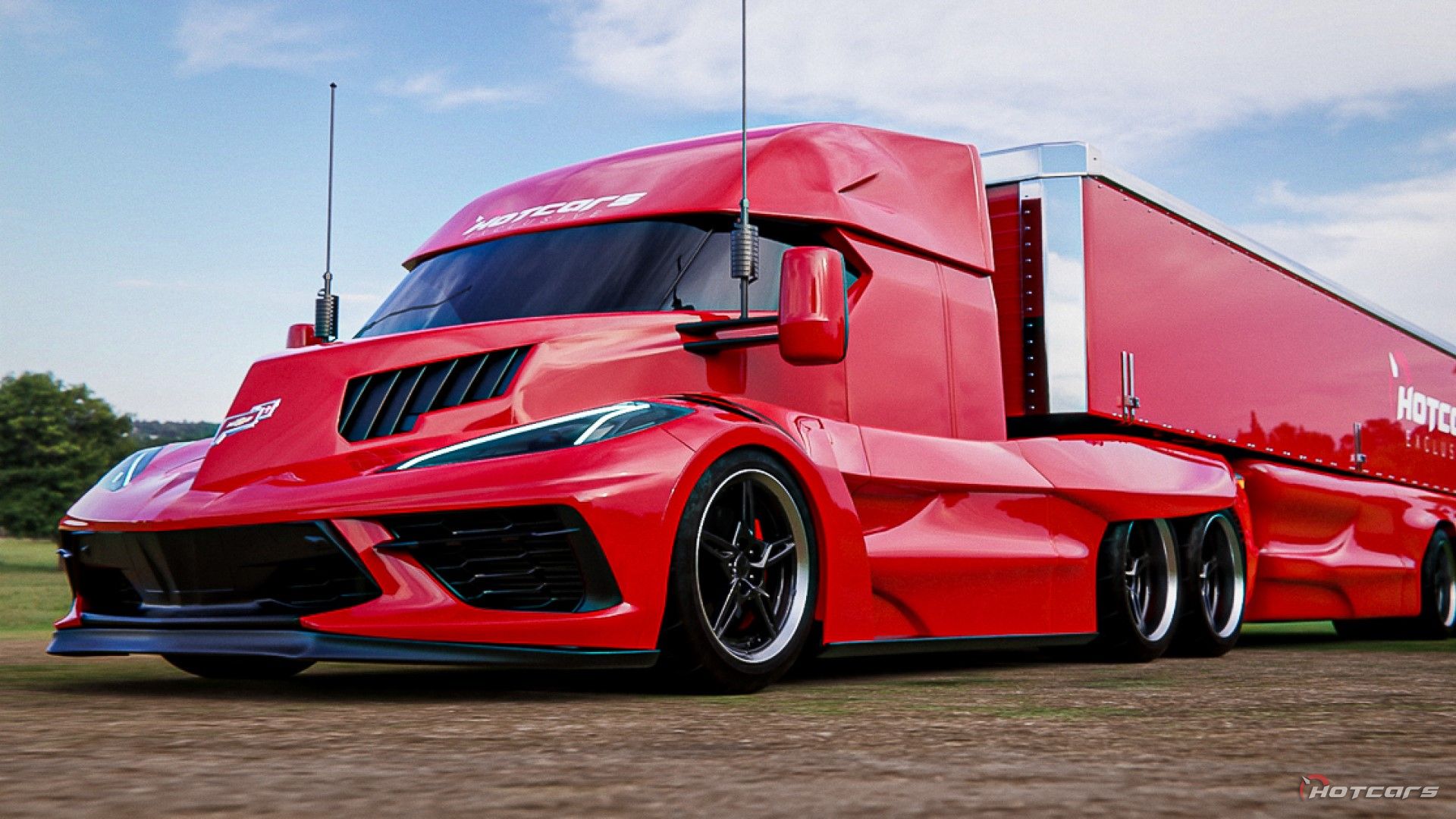
Let’s embark on a detailed journey through the various systems and their components that keep trucks moving.
The Heart of the Beast: Engine System Components
The engine is the powerhouse of the truck, converting fuel into mechanical energy. Its components are intricate and vital for propulsion.
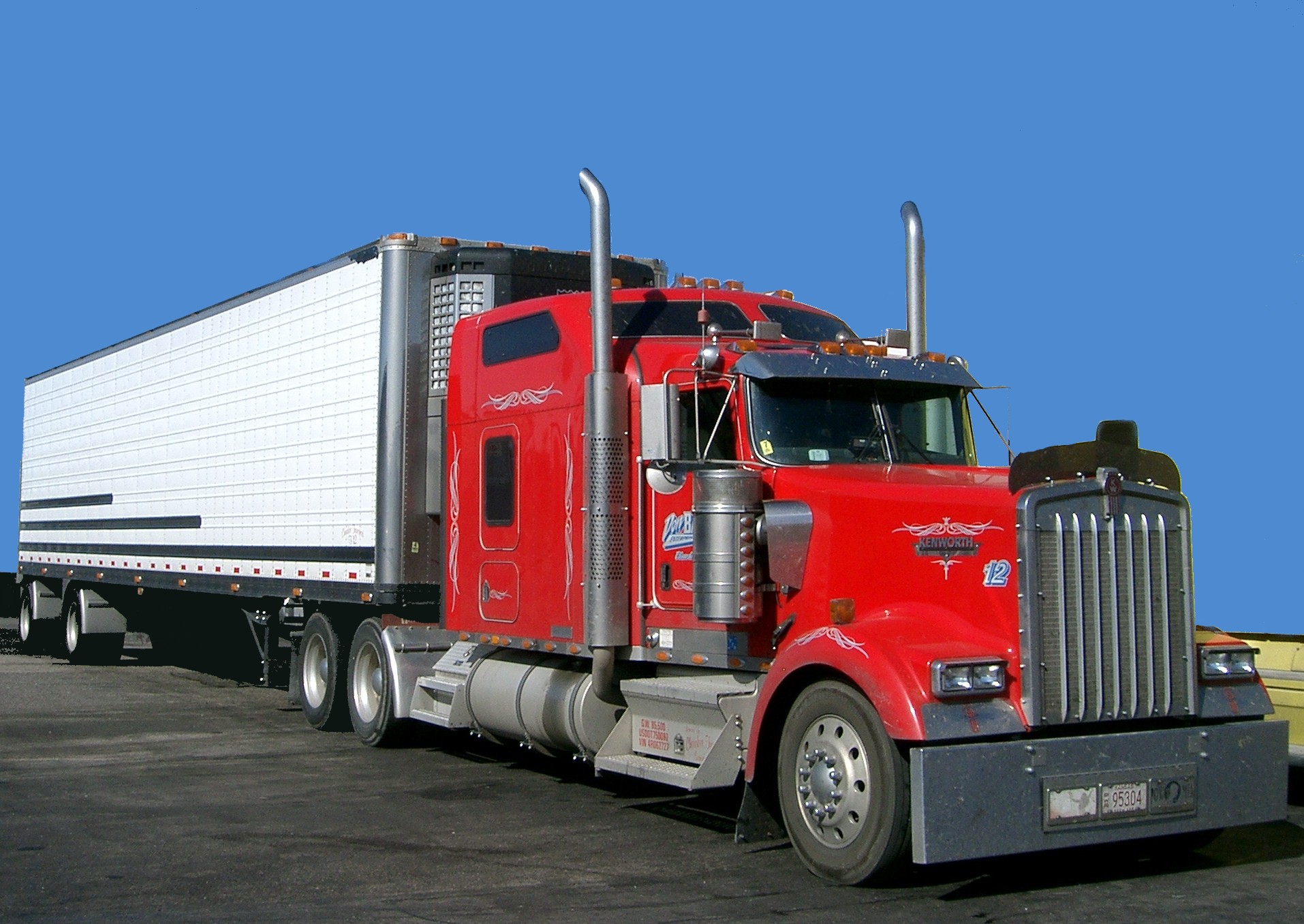
- Engine Block & Cylinder Head: The fundamental structure. The engine block houses the cylinders where combustion occurs, while the cylinder head seals the top of the cylinders and contains the valves.
- Pistons, Connecting Rods & Crankshaft: These components work in unison to convert the linear motion of the pistons (driven by combustion) into rotational motion of the crankshaft, which then powers the drivetrain.
- Valves & Camshaft: Valves regulate the intake of air and fuel and the expulsion of exhaust gases. The camshaft, synchronized with the crankshaft, controls the precise timing of valve opening and closing.
- Fuel Injectors & Fuel Pump: The fuel pump delivers fuel from the tank to the engine, while fuel injectors precisely atomize and spray fuel into the combustion chambers.
- Turbocharger/Supercharger: These forced induction devices compress air entering the engine, increasing power output and efficiency by allowing more fuel to be burned.
- Oil Pump & Oil Filter: The oil pump circulates engine oil to lubricate moving parts, reduce friction, and dissipate heat. The oil filter removes contaminants from the oil, ensuring clean lubrication.
- Radiator, Water Pump & Thermostat: These are core components of the cooling system. The water pump circulates coolant, the radiator dissipates heat from the coolant, and the thermostat regulates engine temperature by controlling coolant flow.
- Alternator: Generates electrical power to run the truck’s electrical systems and recharge the battery.
- Starter Motor: An electric motor that engages the flywheel to crank the engine and initiate combustion.
- Engine Mounts: Isolate the engine from the chassis, absorbing vibrations and noise for a smoother ride.

Power Transfer: Drivetrain System Components
The drivetrain transmits the engine’s power to the wheels, allowing the truck to move and control its speed.
- Clutch Assembly (Manual Transmission): For manual trucks, the clutch engages and disengages the engine from the transmission, allowing for gear changes without stalling the engine.
- Transmission (Gearbox): Contains a series of gears that allow the driver to select different torque ratios, enabling the truck to move from a standstill, climb hills, or cruise at high speeds efficiently.
- Driveshaft (Propeller Shaft): A rotating shaft that transmits power from the transmission to the differential, often spanning a significant length of the truck.
- Differential: Located in the axle, the differential allows the wheels on the same axle to rotate at different speeds, which is crucial when turning corners.
- Axles (Front & Rear): Structural components that support the weight of the truck and its cargo, and for driven axles, contain the differential and transfer power to the wheels.
- Wheel Hubs & Bearings: The wheel hub connects the wheel to the axle, while wheel bearings allow the wheel to rotate smoothly with minimal friction.
Stopping Power: Braking System Components
The braking system is paramount for safety, allowing the truck to slow down or stop reliably. Heavy-duty trucks primarily use air brakes.
- Brake Drums/Rotors (Discs): The rotating components that friction is applied to. Drums are typically used with drum brakes, and rotors with disc brakes.
- Brake Shoes/Pads: Friction material that presses against the brake drums or rotors to create the necessary friction for braking. Shoes are for drum brakes, pads for disc brakes.
- Brake Calipers (Disc Brakes): House the brake pads and use hydraulic or air pressure to clamp them onto the rotors.
- Brake Chambers/Actuators (Air Brakes): Convert compressed air pressure into mechanical force to apply the brake shoes or pads.
- Air Compressor & Air Dryer (Air Brakes): The air compressor generates compressed air for the braking system and other air-powered accessories. The air dryer removes moisture from the compressed air to prevent corrosion and freezing.
- Brake Lines/Hoses: Tubes or flexible hoses that transmit hydraulic fluid or compressed air from the brake pedal/chambers to the wheels.
- Master Cylinder (Hydraulic Brakes): Generates hydraulic pressure when the brake pedal is pressed, pushing fluid through the lines to the calipers/wheel cylinders.
- ABS System Components (Sensors, ECU): Anti-lock Braking System (ABS) sensors monitor wheel speed, and the Electronic Control Unit (ECU) modulates brake pressure to prevent wheel lock-up during hard braking, maintaining steering control.
Smooth Ride & Control: Suspension and Steering Systems
These systems ensure a stable, comfortable ride and allow the driver to control the truck’s direction.
- Leaf Springs/Coil Springs/Air Bags: Support the truck’s weight and absorb road shocks. Leaf springs are common in heavy trucks, while air bags offer adjustable ride height and superior ride comfort.
- Shock Absorbers/Dampers: Control the oscillation of the springs, preventing excessive bouncing and maintaining tire contact with the road.
- Kingpins/Ball Joints: Pivoting points that allow the wheels to steer. Kingpins are common in heavy-duty truck front axles, while ball joints are often found in lighter applications.
- Steering Gearbox/Power Steering Pump: The steering gearbox converts the rotational motion of the steering wheel into linear motion to move the steering linkage. The power steering pump provides hydraulic assistance, making steering easier.
- Tie Rods & Drag Link: Components of the steering linkage that transmit steering input from the gearbox to the wheels, allowing them to turn.
- Stabilizer Bars (Sway Bars): Reduce body roll during turns, improving stability and handling.
The Nerve Center: Electrical & Lighting System Components
The electrical system powers everything from the engine’s ignition to the lights and onboard electronics.
- Battery: Stores electrical energy for starting the engine and powering accessories when the engine is off.
- Wiring Harnesses: Bundles of wires that provide electrical pathways for power and signals throughout the truck.
- Fuses & Relays: Fuses protect circuits from overcurrent, while relays are electrically operated switches that control high-current components with a low-current signal.
- Headlights, Tail Lights & Turn Signals: Essential for visibility, signaling intentions, and compliance with road regulations.
- ECU (Engine Control Unit)/ECM (Electronic Control Module): The "brain" of the engine, managing fuel injection, ignition timing, emissions, and other critical engine functions based on sensor input.
- Sensors (e.g., Oxygen, Temperature, Speed, Pressure): Provide crucial data to the ECU/ECM, allowing it to precisely control and monitor various systems.
The Outer Shell & Interior: Chassis and Body Components
These parts provide structural integrity, protect the internal components, and ensure driver comfort and safety.
- Frame (Chassis Rails): The robust skeletal structure of the truck, supporting all other components and bearing the load.
- Cab Components (Doors, Fenders, Hood): The driver’s compartment and external panels that protect the engine and other systems.
- Windshield & Windows: Provide visibility and protection from the elements.
- Mirrors: Essential for rear and side visibility, crucial for maneuvering large vehicles.
- Seats: Designed for driver comfort during long hours on the road, often with air suspension for improved ride quality.
- Dashboard & Gauges: Provide the driver with critical information about speed, engine status, fuel levels, and more.
- Fifth Wheel (Tractor-Trailer): The coupling device on a tractor unit that connects to and supports a semi-trailer.
Beyond the Basics: Other Critical Parts
Several other categories of parts are crucial for a truck’s operation and maintenance.
- Filters (Air, Fuel, Oil, Cabin): Essential for preventing contaminants from entering critical systems. Air filters protect the engine, fuel filters ensure clean fuel delivery, oil filters clean lubrication, and cabin filters improve air quality inside the cab.
- Hoses & Belts (Serpentine, V-belts): Hoses carry fluids (coolant, hydraulic fluid, air), while belts transmit power from the engine to accessories like the alternator, water pump, and power steering pump.
- Gaskets & Seals: Prevent leaks of fluids and gases between mating surfaces, ensuring system integrity.
- Fasteners (Bolts, Nuts, Washers): Seemingly simple, but these are critical for securely holding all components together.
- Tires & Wheels: The direct interface with the road, supporting the truck’s weight and providing traction for movement and braking.
Challenges and Solutions in Truck Spare Parts Management
Managing truck spare parts comes with its own set of challenges:
- Sourcing and Quality: Deciding between Original Equipment Manufacturer (OEM) parts, which are often more expensive but guaranteed fit and quality, and aftermarket parts, which can be more affordable but vary widely in quality.
- Solution: Establish relationships with reputable suppliers, understand warranty policies, and prioritize critical components for OEM parts.
- Counterfeit Parts: The market is unfortunately plagued by fake parts that can compromise safety and performance.
- Solution: Buy from authorized dealers or trusted distributors, and be wary of unusually low prices.
- Availability: Some specialized or older truck parts can be hard to find, leading to downtime.
- Solution: Proactive inventory management for common wear items and establishing a network for sourcing rare parts.
- Cost: The cumulative cost of spare parts can be significant.
- Solution: Implement a robust preventative maintenance schedule to extend part life, and balance quality with budget.
- Technical Expertise: Proper installation and diagnosis often require specialized knowledge and tools.
- Solution: Invest in training for in-house mechanics or partner with certified service centers.
Practical Advice for Truck Owners and Operators
- Regular Inspections: Implement a rigorous inspection schedule (daily, weekly, monthly) to identify wear and tear early.
- Understand Part Numbers: Familiarize yourself with OEM and aftermarket part numbers for your specific truck model. This prevents ordering incorrect parts.
- Choose Quality Over Price (for Critical Parts): For components vital to safety (brakes, steering) and core operation (engine, transmission), investing in higher quality parts pays dividends in reliability and reduced downtime.
- Keep Detailed Records: Maintain a log of all maintenance, repairs, and part replacements. This helps track component lifespans and predict future needs.
- Listen to Your Truck: Unusual noises, vibrations, or changes in performance are often early indicators of a failing part.
- Professional Installation: While some minor repairs can be DIY, critical system components should be installed by certified professionals.
Illustrative Price Table for Common Truck Spare Parts (Estimated)
Disclaimer: Prices for truck spare parts vary significantly based on truck make, model, year, part manufacturer (OEM vs. aftermarket), quality, region, and supplier. The prices below are illustrative estimates only and should not be considered definitive.
| Part Name | Role | Estimated Price Range (USD) | Notes |
|---|---|---|---|
| Engine Oil Filter | Filters contaminants from engine oil | $20 – $80 | Varies significantly by engine size and filter type. OEM filters are generally higher. |
| Fuel Filter | Removes impurities from fuel before it reaches the engine | $30 – $100 | Essential for fuel system health. Price depends on type (spin-on, cartridge, water separator) and flow rate. |
| Air Filter | Filters air entering the engine’s combustion chamber | $50 – $250 | Crucial for engine longevity and performance. Size and material quality are major price factors. |
| Brake Pads/Shoes (per axle) | Provide friction for braking | $150 – $500 | Price varies based on material (organic, semi-metallic, ceramic) and heavy-duty application. Shoes for drum brakes might be on the lower end, pads for disc brakes higher. |
| Alternator | Generates electrical power and recharges battery | $300 – $1,200 | New vs. remanufactured, output capacity (amps), and specific truck model. Remanufactured units are usually cheaper. |
| Starter Motor | Cranks the engine to start it | $250 – $1,000 | New vs. remanufactured. Heavy-duty truck starters are more robust and expensive than passenger vehicle ones. |
| Radiator | Dissipates heat from engine coolant | $400 – $1,500 | Size, material (aluminum, copper), and specific fitment. Aftermarket options are generally more affordable. |
| Water Pump | Circulates coolant through the engine and cooling system | $100 – $400 | Essential for preventing engine overheating. Price varies by engine type and pump design. |
| Shock Absorber (single) | Dampens suspension oscillation, improves ride comfort | $80 – $300 | Heavy-duty shocks are more robust. Air shocks or specialized performance shocks will be at the higher end. |
| Leaf Spring (single leaf) | Supports vehicle weight and absorbs road shocks | $200 – $800 | Price depends on length, number of leaves, and load capacity. Complete spring packs will be significantly more. |
| Headlight Assembly | Provides forward illumination | $100 – $400 | Price varies by whether it’s a full assembly or just the bulb, and if it’s OEM or aftermarket. LED units can be more expensive. |
| Wiper Blades (pair) | Clear windshield for visibility | $20 – $60 | Relatively inexpensive but crucial for safety. Quality and material affect price. |
| Serpentine Belt | Drives engine accessories (alternator, power steering, A/C) | $40 – $150 | Price depends on length, width, and number of ribs. High-quality belts last longer. |
| Clutch Kit (manual) | Engages/disengages engine from transmission | $500 – $2,000 | Includes pressure plate, clutch disc, and release bearing. Heavy-duty truck clutches are designed for high torque. |
| Turbocharger | Boosts engine power by compressing intake air | $1,000 – $5,000+ | Can be one of the most expensive engine components. Price depends on engine size, boost pressure, and whether it’s new, remanufactured, or rebuilt. |
Frequently Asked Questions (FAQ)
Q1: What’s the difference between OEM and aftermarket parts?
A1: OEM (Original Equipment Manufacturer) parts are made by the same company that manufactured the original part for your truck. They are guaranteed to fit and perform exactly as the original. Aftermarket parts are produced by other companies and are designed to function similarly. Aftermarket parts are often more affordable but can vary widely in quality and fit.
Q2: How often should I replace common wear parts like filters and brake pads?
A2: Replacement intervals vary by truck model, operating conditions, and manufacturer recommendations. Generally, oil filters and fuel filters are replaced with every oil change (e.g., every 10,000-20,000 miles for heavy-duty trucks), air filters less frequently (e.g., every 50,000 miles or as needed), and brake pads/shoes are replaced when they reach a minimum thickness or show signs of wear, which could be every 50,000 to 150,000 miles depending on driving habits and load. Always consult your truck’s owner’s manual or maintenance schedule.
Q3: Can I use parts from a different truck model or brand?
A3: Generally, no. While some generic parts (like certain fasteners or electrical connectors) might be interchangeable, most critical components are specific to a truck’s make, model, and even year. Using incompatible parts can lead to improper fit, reduced performance, damage to other components, and safety hazards.
Q4: How do I know if a part is failing?
A4: Look out for common warning signs:
- Unusual Noises: Squealing (belts, brakes), grinding (brakes, bearings, transmission), knocking (engine).
- Vibrations: Steering wheel, floor, or entire truck vibrating unusually.
- Fluid Leaks: Puddles or drips under the truck.
- Warning Lights: Dashboard indicators (check engine, ABS, low oil pressure, etc.).
- Performance Issues: Reduced power, poor fuel economy, difficulty starting, spongy brakes.
- Visual Cues: Cracks, excessive wear, corrosion, or damage during routine inspections.
Q5: Is it always better to buy new parts?
A5: Not necessarily. For certain components like alternators, starter motors, and even some engine or transmission parts, remanufactured or rebuilt units can be a cost-effective and reliable alternative. These parts have been disassembled, cleaned, inspected, had worn components replaced with new ones, and tested to meet OEM specifications. Always ensure they come with a reputable warranty.
Q6: Where can I buy reliable truck spare parts?
A6: Reliable sources include:
- Authorized Dealerships: For genuine OEM parts, guaranteed fit and quality.
- Specialized Truck Parts Stores: Often carry a wide range of OEM and quality aftermarket options.
- Online Retailers: Many reputable online platforms specialize in truck parts, but verify seller reputation and return policies.
- Fleet Service Centers: Many offer parts sales in addition to repair services.
Conclusion: Maintaining the Momentum
The world of truck spare parts is vast and complex, yet each component plays a critical, often unsung, role in keeping the global supply chain moving. From the powerful engine that propels thousands of pounds down the highway to the smallest sensor ensuring optimal performance, every part is a testament to precision engineering. By understanding their names, roles, and the signs of their wear, truck owners and operators can transition from reactive repairs to proactive maintenance, ensuring the longevity, efficiency, and safety of their valuable assets. Investing in quality parts and diligent maintenance is not just a cost; it’s an investment in uninterrupted service, reduced downtime, and the continued momentum of the open road.
